Running is a popular form of exercise for women. It’s accessible affordable and can be done almost anywhere. However having the right pair of running shoes is crucial for a comfortable and safe running experience.
The 10 Best Running Shoes for Women is a list of shoes that have been tested and reviewed by experts. These shoes are designed specifically for women’s feet and running styles. They offer the right combination of support cushioning and flexibility.
Whether you’re a beginner or a seasoned runner finding the right pair of running shoes can make a big difference. In this article we’ll take a closer look at the top 10 running shoes for women. We’ll discuss their features benefits and what makes them stand out. By the end you’ll have a better idea of which shoe is right for you.
Best Women’s Running Shoes

In the world of women’s running shoes finding the perfect pair can make all the difference in your performance and comfort. With a myriad of options available it’s essential to consider factors like foot type running style and the specific features each shoe offers. The best women’s running shoes are designed to provide the right balance of cushioning support and flexibility to meet the unique needs of female runners.
From lightweight trainers to stability shoes the top 10 running shoes for women cater to a variety of preferences and requirements. Each shoe on this list has been carefully selected based on expert reviews and testing ensuring that they not only perform well but also offer the comfort and support necessary for a successful run. Whether you’re a beginner looking for your first pair or a seasoned runner in search of an upgrade these top picks are sure to help you find the perfect fit for your running adventures.
What to Consider in Women’s Running Shoes?
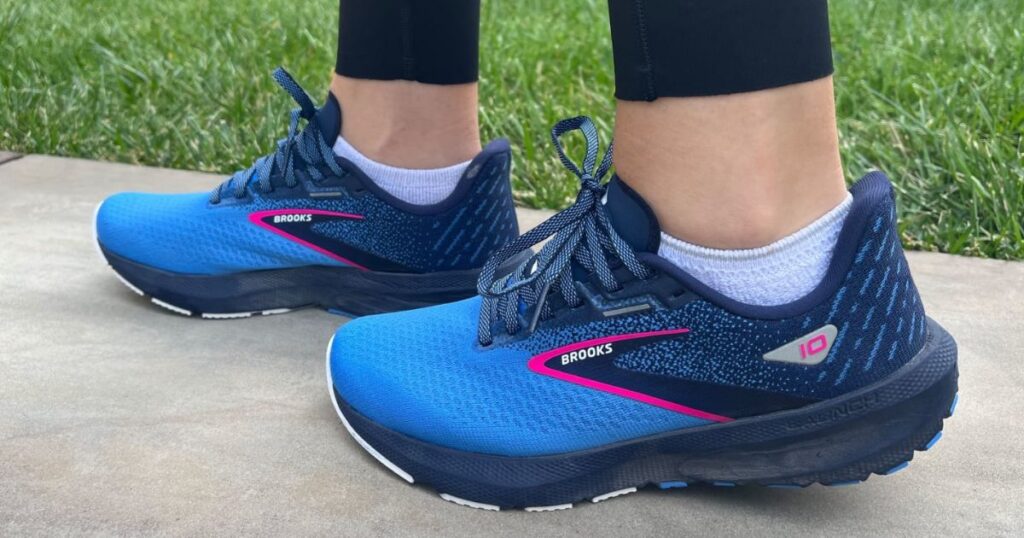
When considering women’s running shoes several key factors come into play to ensure the perfect fit and performance. Fit and comfort are paramount with experts highlighting the importance of these aspects above all else. Women’s running shoes are typically designed to be narrow in the heel and wider in the toe box aligning better with the average woman’s foot shape.
Read More Blog:How to Train for a Half Marathon So You’re Prepared on Race Day?
Additionally features like seamless uppers adequate padding around the ankle collar and the shoe’s heel-to-toe offset known as the drop are crucial considerations to ensure a comfortable and supportive running experience.
Another critical factor to ponder is the level of cushioning and plating in the shoes. While highly cushioned shoes may offer a comfortable ride, they can also lead to increased force on the joints due to reduced ground-feel. Research indicates that maximalist shoes with excessive cushioning may not necessarily prevent injury and can result in higher impact loading.
Therefore understanding the balance between cushioning and impact absorption is essential when selecting women’s running shoes to optimize comfort performance and injury prevention during runs.
Foot Shape
Foot shape is a crucial factor to consider when selecting women’s running shoes. Women’s feet typically have a narrower heel and wider forefoot compared to men’s feet which is why many running shoe brands design specific shoes for women. When looking for the perfect running shoe it’s essential to consider the shape of your foot including the arch type and width.
For instance runners with low arches also known as flat feet may require shoes with more support and stability to prevent overpronation while those with high arches may benefit from shoes with more cushioning to absorb shock and promote flexibility.
Additionally runners with wide feet may need to look for shoes that offer a wider toe box to prevent discomfort and blisters. By considering your foot shape and arch type you can find the perfect running shoe that provides the right balance of support cushioning and flexibility to optimize your running experience.
The Hip Factor
The hip factor is a significant consideration when it comes to women’s running shoes. Women’s hips function differently than men’s impacting their gait and overall running experience. Research has shown that women’s hips experience greater adduction hip internal rotation and knee abduction compared to men’s hips.
These differences in hip movement are directly related to the shape and structure of the female body influencing how women run and the type of support they need from their shoes. Understanding the unique biomechanics of women’s hips is crucial in selecting running shoes that provide the necessary stability and alignment to support their gait and prevent injuries.
Why Trust Us?

Trust Us delves into the transformation of the United States from a constitutional republic to an administrative state governed by federal agency experts. The documentary explores how power shifted to unelected experts who believed they could solve the nation’s problems but often caused irreversible damage. It highlights the growth of the administrative state influencing various aspects of daily life from economics to health.
The film features interviews with experts discussing the origins and consequences of expert rule emphasizing the need to balance expertise with individual decision-making and control over governance. Through historical analysis and expert insights Trust Us sheds light on the complexities and implications of bureaucratic governance in the United States.
How We Selected The Best Running Shoes for Women?
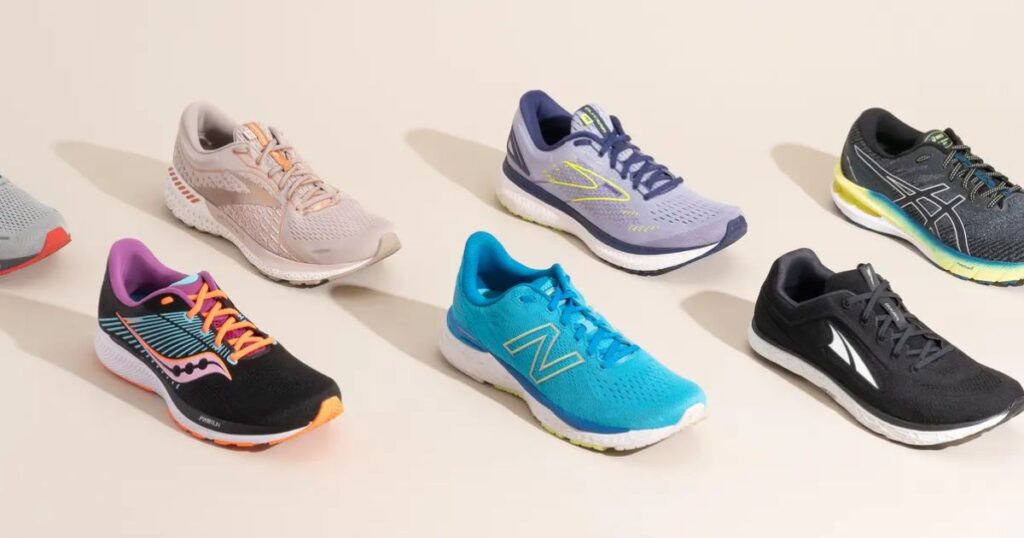
To select the best running shoes for women we considered several factors based on expert advice and research. First we looked at the fit and comfort of the shoes emphasizing the importance of a narrow heel and wider toe box to better match the average woman’s foot shape.
We also considered the shoe’s drop with traditional trainers having a higher drop and racing shoes having a lower drop. Cushioning and plating were also crucial factors as highly cushioned shoes might provide a more comfortable ride but could lead to greater force on the joints due to reduced ground-feel.
We also took into account the specific needs of women’s feet and hips. Women’s hips experience greater adduction hip internal rotation and knee abduction compared to men’s hips which impacts their gait and running style. Therefore we looked for shoes that provide the necessary stability and alignment to support women’s hips and prevent injuries.
Lastly we considered the shoe’s design and construction. We looked for shoes with a seamless upper to avoid chafing adequate padding around the ankle collar and a supportive heel counter. We also considered the shoe’s weight with lighter shoes being better for speed work and heavier shoes being better for long runs or beginners.
Our Women’s Running Shoe Reviews
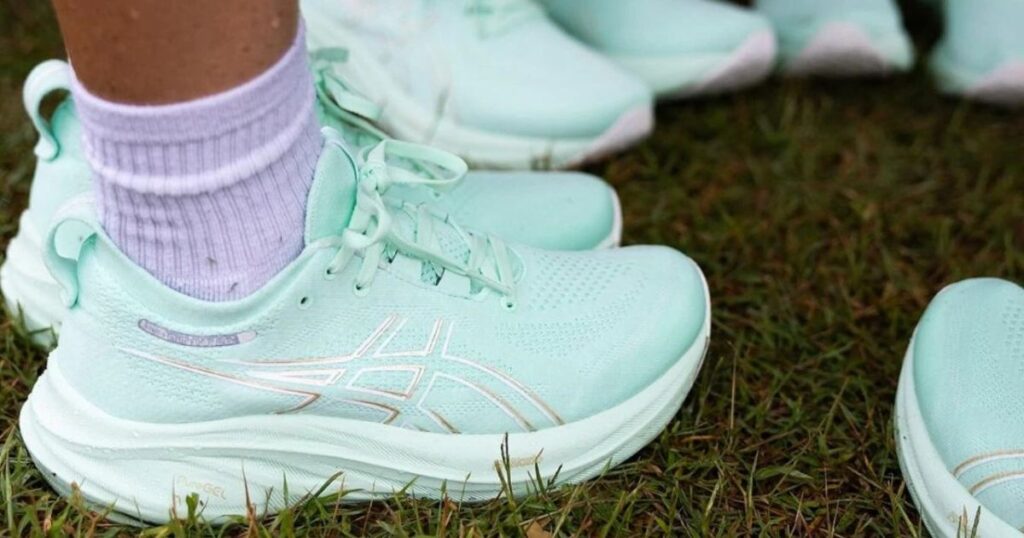
Our women’s running shoe reviews are based on extensive research and expert advice from professionals in the field. We understand that women’s running shoes are not just smaller versions of men’s shoes but rather they are designed to cater to the unique biomechanics of the female foot.
We have taken into account the specific needs of women’s feet such as their narrower heel and wider forefoot as well as their greater flexibility compared to men’s feet. We have also considered the differences in women’s running styles such as the tendency for women to have wider hips which can lead to different foot strike patterns and pronation.
Our reviews are based on rigorous testing and analysis of various factors such as fit comfort cushioning support and durability. We have evaluated shoes from top brands such as Adidas Nike Brooks and Saucony among others to ensure that we provide a comprehensive and unbiased assessment of the best women’s running shoes available in the market.
We believe that our reviews are trustworthy and reliable as we have taken into account the latest research and expert advice to provide accurate and up-to-date information. Our goal is to help women find the best running shoes that meet their specific needs and preferences so they can enjoy a comfortable and successful running experience.
Brooks Ghost Max
The Brooks Ghost Max is a high-cushion running shoe designed for neutral runners and mild pronators. It features a widened base for stability and is geared towards those who are on their feet all day offering lightweight cushioning to keep legs feeling fresh. The Ghost Max is part of the Brooks Ghost series known for its reliability and cushioning making it suitable for various types of runs.
Priced at $150 the Ghost Max is positioned as an affordable option in the max cushion trainer category providing a comfortable and supportive ride for daily training or casual walking. The shoe boasts features like high-stack DNA LOFT v2 cushioning GlideRoll Rocker technology for smooth transitions and a true-to-size fit making it a versatile choice for runners seeking a blend of cushioning and stability.
What’s the size difference between men’s and women’s shoes?
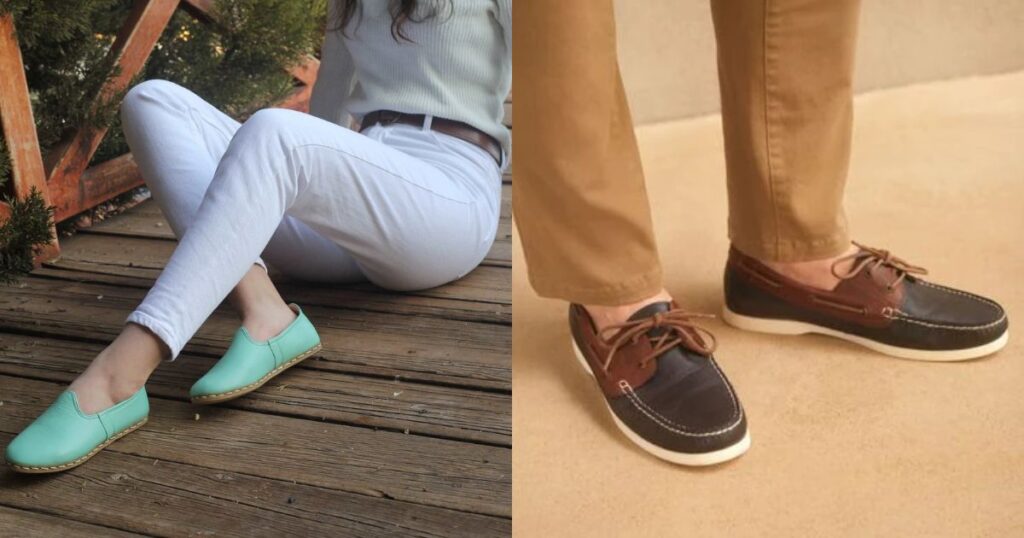
The size difference between men’s and women’s shoes is approximately 1.5 sizes in length and 1 full size in width. This difference is due to the sizing systems used for men’s and women’s shoes which follow different scales and are not interchangeable.
Men’s shoes are typically wider overall while women’s shoes are narrower in the heel and wider in the forefoot and toe area. These differences in fit have been implemented due to research suggesting differences in both the anatomy or shape of the foot and the biomechanics of the running stride between men and women.
The differences in sizing and fit between men’s and women’s shoes are not just about length and width. Research has shown that men’s and women’s feet exhibit key differences beyond basic size and width measurements including bone structure foot shape and biomechanical function.
Women’s feet generally follow different proportions than men’s even after accounting for height and weight. Therefore it is essential to consider these differences when selecting running shoes to ensure proper fit and support for women’s feet.
When Should You Change Out of Your Running shoes?
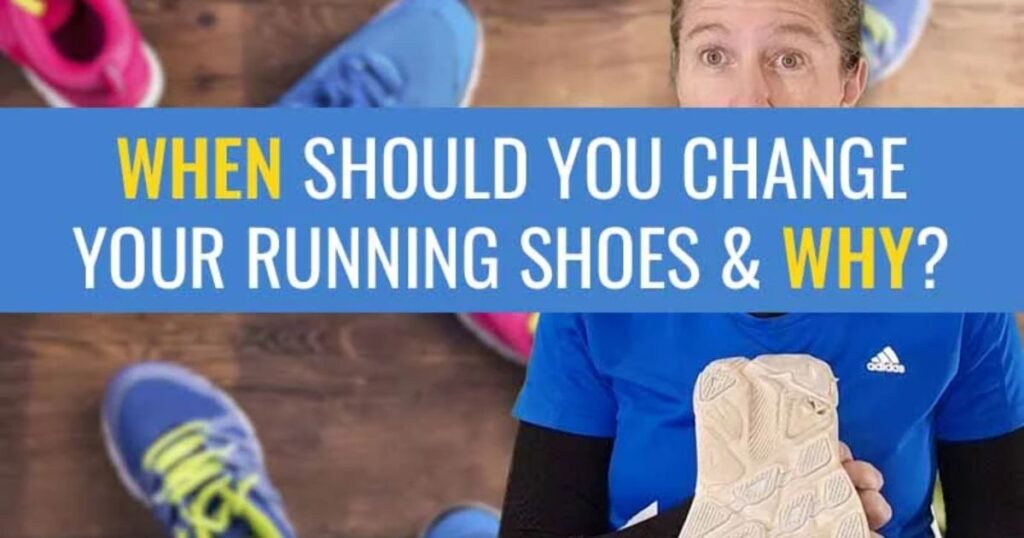
You should consider changing your running shoes after approximately 300-500 miles of use as indicated by various sources. The signs that it’s time to replace your running shoes include excessive or uneven wear on the soles a lack of bounce or spring in the shoes and unexplained foot or knee pain.
Additionally changes in the shoe’s form such as swelling looseness or discoloration can indicate that it’s time for a new pair. Ultimately the decision to change your running shoes should be based on factors like wear and tear loss of cushioning and the onset of foot or knee pain rather than a specific mileage threshold.
How Do You Clean Your Running Shoes?
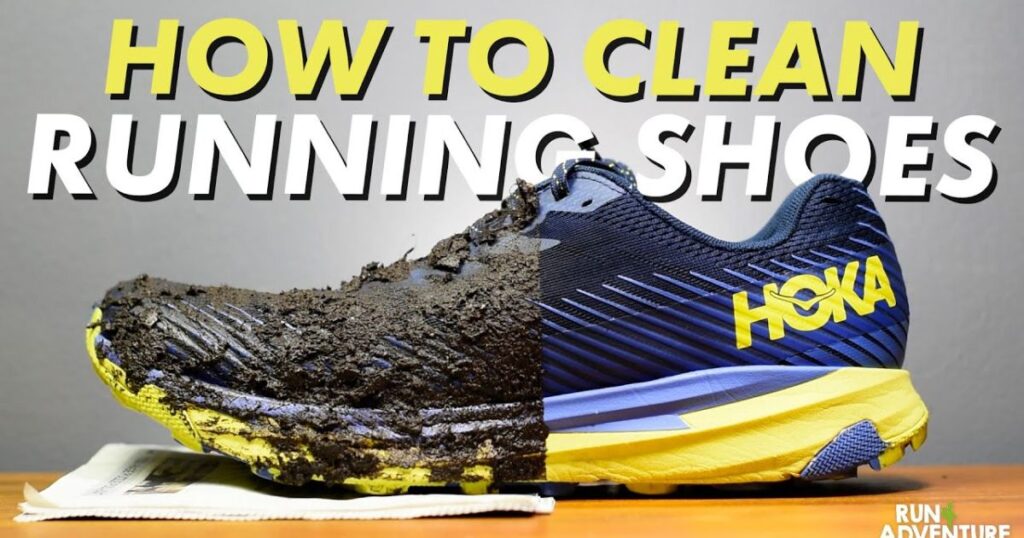
To clean running shoes effectively you should first remove the laces and insoles and use a soft-bristled brush to gently remove dust and dirt from the uppers. For stubborn stains you can make a paste out of baking soda and water apply it to the dirty area and let it sit for about 15 minutes before scrubbing and rinsing. If you have shoes with a waterproof/breathable membrane use a specialized footwear cleaner instead of soap or detergent additives which can gum things up.
For the insoles you can use a mild soap a paste of baking soda and water or a solution of one part vinegar to two parts water to clean them regularly and avoid odor-causing bacteria. After cleaning let the shoes air dry in a place with mild temperature and low humidity and avoid using a clothes dryer or heat source as high temperatures can distort their shape and weaken their adhesives.
Frequently Asked Questions
How often should I replace my running shoes?
Running shoes typically last for 400 to 500 miles after which the cushioning and support features start to break down significantly. A runner logging 20 miles per week should expect to get a new pair of shoes every four to six months.
What is Balanced Cushioning in Altra Running shoes?
Balanced Cushioning in Altra Running shoes means that the heel and forefoot are the same distance from the ground encouraging proper low-impact form throughout the run. This is in contrast to traditional shoes that typically feature a 12mm drop from heel to forefoot.
How does FootShape™ design in Altra Running shoes benefit runners?
FootShape™ design in Altra Running shoes allows the toes to spread out naturally encouraging improved stability power and most importantly added comfort. This design also keeps the foot in its natural position, promoting natural low impact running technique.
Conclusion
In conclusion selecting the right running shoes for women is essential for a safe and comfortable running experience. By considering factors such as foot shape the hip factor and the specific features of each shoe women can find the perfect pair that meets their unique needs. It’s important to trust the sources of the reviews and consider the opinions of experts in the field.
Additionally understanding the importance of replacing running shoes and how to clean them properly can help extend their lifespan and ensure their continued effectiveness. By following these guidelines women can make informed decisions about their running shoes and enjoy a smooth and enjoyable running experience.












